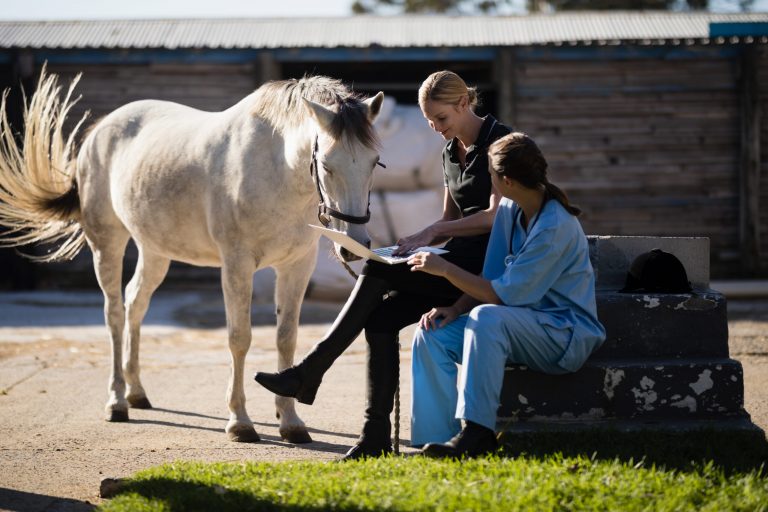
Recognition that insect bite hypersensitivity (IBH) often occurs concurrently with recurrent airway obstruction (RAO, a severe form of equine asthma) prompted researchers to look into the underlying association [Lanz, S.; Brunner, A.; Graubner, C.; Marti,, E.; and Gerber, V. Insect Bit Hypersensitivity in Horses is Associated with Airway Hyper-reactivity. J Vet Intern Med 2017].
Inhaled allergens and irritants are known to elicit recurrent airway obstruction. Human patients suffering from asthma also often experience atopic dermatitis. Cats and dogs demonstrate similar manifestations of atopic dermatitis concurrent with asthma. Recently, horses with RAO and IBH have been diagnosed with recurrent urticaria. The researchers consider that such multiple hypersensitivities suggest a common immunogenetic background.
They noted that a horse with an allergic skin disorder might also experience a hyper-reactive airway (AH). Both RAO and IBH are different in their immunopathology and genetic variations. IBH is considered a Type 1 allergy that includes eosinophilic and mast cell involvement whereas they report that the immunopathology of RAO is still not clear. There is suggestive evidence from clinical human studies that the skin “is an important route of sensitization to asthma-inducing allergens.”
Equine practitioners mighty be familiar with a tendency of certain breeds—such as Icelandic horses, Friesian horses, Shetland ponies, and Belgian Warmbloods—to develop IBH. This suggests a heritable susceptibility.
The authors concluded: “Although future studies may identify the immunogenetic basis for this phenomenon, our results already suggest that horses suffering from IBH have a higher risk for AH and therefore might be predisposed to develop equine asthma in the future. These findings should be taken into account when evaluating IBH-horses presented for subtle respiratory signs.”








